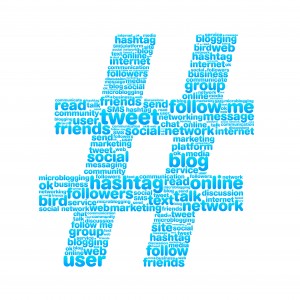 The purpose of hashtags, whether they are confusing or annoying, is to make your social media post clickable. This is important for your brand because a) it makes your content searchable and b) you can engage your audience every single time you post.
The purpose of hashtags, whether they are confusing or annoying, is to make your social media post clickable. This is important for your brand because a) it makes your content searchable and b) you can engage your audience every single time you post.
Every hashtag you used should have an important job and you should know what exactly you are trying to achieve before you “post.”
Here are some different ways you can use a hashtag:
Find New Fans
Your audience will click on hashtags for one reason: to find more content related to what they have just seen. You must start using the pound sign if you want to be included in that search. Use your own custom tags to create a collection of brand-specific posts. For example, try using your business name as a hashtag; frequently if your audience is unaware of your true Twitter username, they will hashtag your business name instead of using the @ sign. Also try SEO strategies like #SaratogaCoffeeShop or #SaratogaSprings.
Rally Support
Social media users are all about showing support for a cause. When Target teamed up with FeedUSA, shoppers went hashtag crazy over the #FeedUSA water bottle they bought @Target which helped provide means to America’s poor. That is a big win.
Promote the Now
This is where the conference attendees will be tweeting your funny quotes and fans will be taking selfies in front of your food stand at a street festival. Promote a hashtag for your audience to use during these times and you’ll be creating three things: real-time coverage, a collective record of the experience, and an instant promotion.
Measure ROI
Creating your own hashtags give you your own personal channel that’s yours to measure. Sites like Hootsuite can show your tag’s reach and impressions in just a few clicks. While your hashtags may not travel to as many social circles, you have the ability to target your ads to followers with specific hashtags.
To Listen Up/Listen Is
Brands are aware that social media gives unprecedented access to consumer thought, behavior and trends. Hashtags enhance that passive listening toolbox, allowing us to get specific when gauging our audience’s reactions to a particular subject or promotion.
Put Fans to Work
People love posting stuff and brands love consumer engagement. Put the two together with a pound sign and you’re building content. Starbucks recently did it with its #strawsome campaign, soliciting images of its customers’ beverages and creative straw constructions. The result was a summer promotion, generated buzz, and cold delicious drinks.
These tips and more can be found at Social Media Today.
